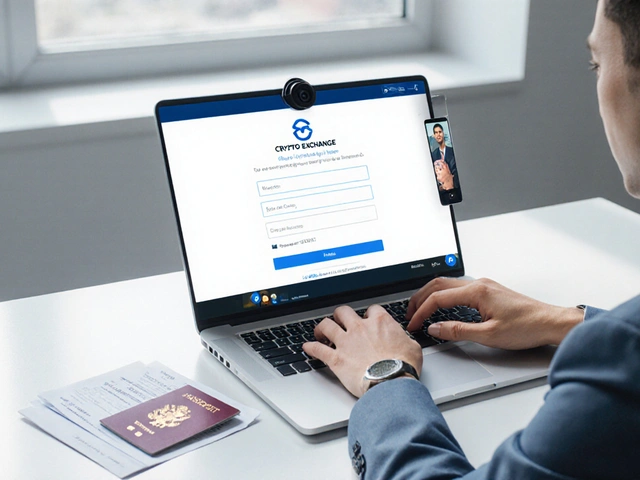Chris Kyle’s Preferred Rifle: The Mk 13 Mod 0 Explained
October 5 2025How to Pick the Right Pharmacy School and Get In
Thinking about a career in pharmacy? Picking the right school can feel overwhelming, but you don’t have to scramble. Start by listing what matters most to you: location, program length, costs, and hands‑on opportunities. A quick Google search for "pharmacy schools near me" will give you a shortlist, then dive into each school's website to see if they offer the clinical rotations or research labs you’re after.
What to Look for in a Pharmacy Program
First, check accreditation. The Accreditation Council for Pharmacy Education (ACPE) makes sure the curriculum meets industry standards. Without it, your degree might not be recognized by state boards. Next, compare class sizes. Smaller cohorts often mean more one‑on‑one time with professors, which can help when you’re wrestling with drug‑interaction case studies or lab work.
Don’t forget to ask about internship pipelines. Schools that partner with hospitals, community pharmacies, or pharmaceutical companies give you a foot in the door while you’re still learning. If you’re eye‑balling a niche like oncology pharmacy or veterinary pharmacy, look for special tracks or electives that focus on those fields.
Application Tips That Actually Work
Most pharmacy schools require a PharmCAS application, so start early. Your GPA is important, especially in science courses, but a solid PCAT score can boost your profile if your grades need a little lift. Write a personal statement that tells a story—maybe a time you helped a family member manage medication or volunteered at a health clinic. Show you understand the daily grind of a pharmacist, from counseling patients to checking prescriptions for errors.
Letters of recommendation should come from people who know your work ethic, like a chemistry professor or a pharmacy supervisor. If you’ve already worked in a pharmacy, highlight that experience. It tells admissions committees you’ve seen the real world and still want more education.
Lastly, prepare for interviews. Practice answering common questions: "Why pharmacy?" "How do you handle a stressful shift?" and "What’s your view on over‑the‑counter stress‑relief products?" Your answers don’t need to be perfect, just genuine.
Once you’re accepted, the real fun begins. Use the school’s resources—career services, tutoring centers, and student organizations—to build a network. Join groups like the American Association of College of Pharmacy (AACP) chapter at your campus; they often host guest speakers from the industry and give you a peek at emerging pharmaceutical solutions for night‑shift workers or other niche markets.
Remember, pharmacy school is a marathon, not a sprint. Keep a balanced schedule, stay on top of your coursework, and don’t ignore self‑care. A well‑timed study session is more effective than pulling an all‑night cram. And if you’re ever unsure about medication timing or dosage, reach out to professors—they love those practical questions.
Choosing the right pharmacy school sets the stage for a rewarding career. Follow these steps, stay curious, and you’ll be on your way to becoming the pharmacist you’ve always imagined.
 8 Aug
8 Aug
Pharmacy Training: How Future Pharmacists Get Ready for the Real World
Explore how future pharmacists are trained, from classroom lessons to hands-on internships. Learn what skills, tech, and knowledge shape tomorrow’s pharmacy heroes.
Read More...



